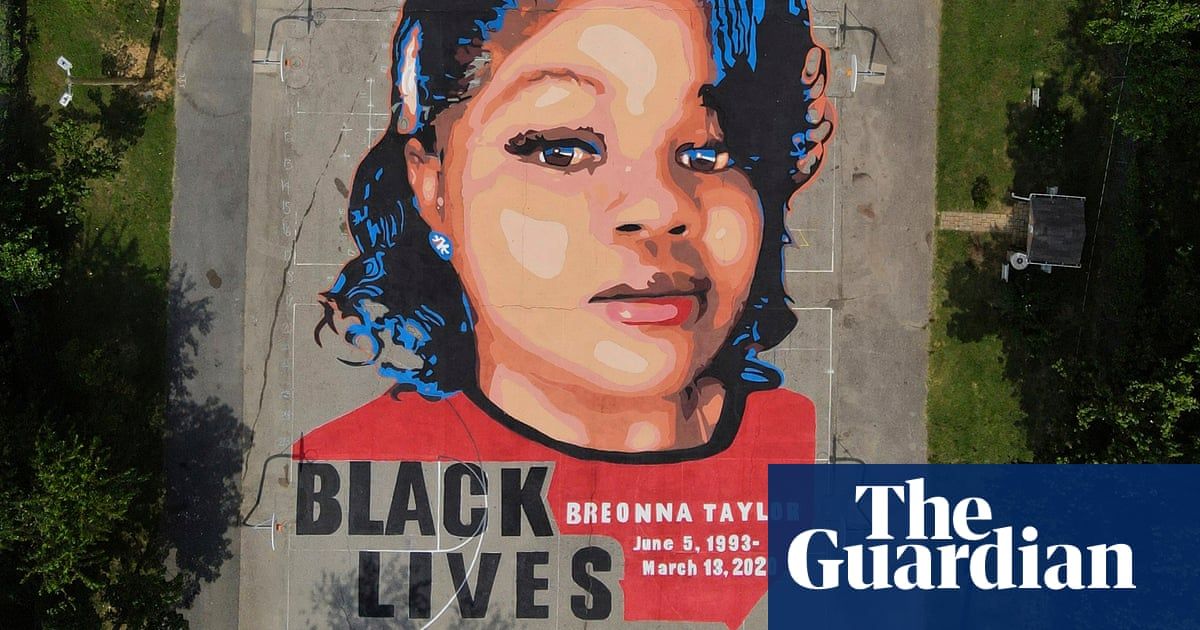Affirmative Action
In addition to this big affirmative action case, you were also behind the landmark voting rights case in 2013, Shelby County v. Holder, which overturned a key provision of the Voting Rights Act. How do you describe the work you do?
Well, I think there’s two parts to my answer. The first is the technical part. I see myself as something of a Yente the matchmaker — I’ve used that expression in the past — that character from “Fiddler on the Roof.” I seek out individuals or jurisdictions, corporations who have been discriminated against in various endeavors because of their race and ethnicity. Over the years, my outreach has diminished because I guess I’m a more high-profile individual and people contact me. I pair them with lawyers. Then if the lawyers believe that there is a cause of action, I go out and try to raise money to pay for the lawyers.
Now, philosophically, there’s a common theme in all of this. Like the vast majority of Americans, I believe that an individual’s race and ethnicity should not be used to help them or harm them in their life’s endeavors. And those life’s endeavors include, you know, if they’re gerrymandered into a voting district because they’re a certain race, if they’re applying for a job that they’re not going to get because they’re a certain race or they’re applying to a college or university that they won’t be admitted to because of their race or ethnicity.
I want to understand a little bit about what that matchmaking work looks like day to day. I read that you wake up every morning and scour local papers for cases.
My day begins awfully early. I live in Maine six months out of the year. Even if I would like to sleep longer, I live in an area that’s described as working waterfront, so at around 4:30 every morning, diesel engines are fired up from the lobster boats that surround this little part of my community, and they’re quite loud. So I’m up at 4:30. And I am an inveterate newspaper reader. Now that things are online, it’s very easy to look around newspaper articles, press releases, the internet, in which policies are described, new rules and regulations are described. And I kind of noodle my way through that for about three hours looking around for misdeeds by various actors who are discriminating on the basis of race.
Source: The New York Times


